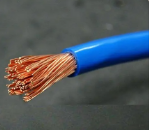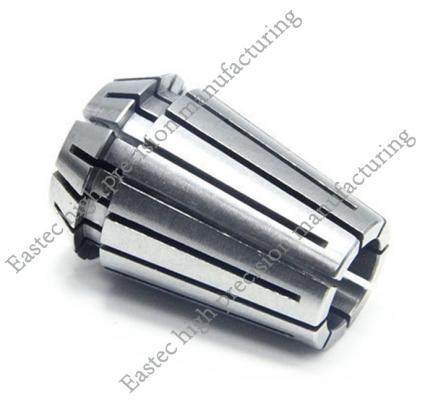
Differences Between Low- and High-Carbon Steel
Steel, as the cornerstone of modern industry, comes in a wide variety of types with different properties. Among them, the difference in welding performance between low - carbon steel and high - carbon steel has always been a focus in the engineering field. Why can low - carbon steel be easily welded while high - carbon steel is daunting?
Carbon steel can be further classified into: ① Low - carbon steel, with a carbon content of less than 0.25%; ② Medium - carbon steel, with a carbon content ranging from 0.25% to 0.6%; ③ High - carbon steel, with a carbon content greater than 0.6%.
Mild steel is a type of carbon steel with a carbon content below 0.25%. Due to its low strength, low hardness, and softness, it is also known as soft steel. It includes most ordinary carbon structural steels and a part of high - quality carbon structural steels. Most of them are used for engineering structural parts without heat treatment, and some are used for mechanical parts requiring wear resistance after carburizing and other heat treatments.
Medium - carbon steel has good hot - working and cutting performance but poor welding performance. Its strength and hardness are higher than those of low - carbon steel, while its plasticity and toughness are lower. It can be used directly as cold - rolled or cold - drawn materials without heat treatment, or it can be used after heat treatment. Medium - carbon steel after quenching and tempering has good comprehensive mechanical properties. The maximum achievable hardness is about HRC55 (HB538), and the tensile strength (σb) ranges from 600 to 1100 MPa. Therefore, medium - carbon steel is most widely used in various applications at the medium - strength level. In addition to being used as building materials, it is also widely used in manufacturing various mechanical parts.
High - Carbon Steel is often referred to as tool steel, with a carbon content ranging from 0.60% to 1.70%. It can be quenched and tempered, but its welding performance is very poor. Hammers, crowbars, etc., are made of steel with a carbon content of 0.75%; cutting tools such as drills, taps, and reamers are made of steel with a carbon content ranging from 0.90% to 1.00%.
Comparison of Welding Performance between Low - Carbon Steel and High - Carbon Steel
The welding performance of steel mainly depends on its chemical composition. Among them, the carbon element has the greatest influence. That is to say, the carbon content in the metal determines its weldability. Most of the other alloying elements in steel are also not conducive to welding, but their influence is generally much smaller than that of carbon.
Generally, low - carbon steel has good weldability. Usually, no special process measures are required. Only in cases of low temperature, thick plates, or high - level requirements, alkaline electrodes are needed for welding, and pre - heating is necessary. When the carbon and sulfur contents in low - carbon steel are both close to the upper limit, in addition to using high - quality low - hydrogen electrodes and taking measures such as pre - heating and post - heating, the groove form should also be reasonably selected, and the fusion ratio should be reduced to prevent the generation of hot cracks.
Medium - carbon steel has a tendency to cold cracking during welding. The higher the carbon content, the greater the hardening tendency in the heat - affected zone, the greater the cold - cracking tendency, and the worse the weldability. As the carbon content of the base metal increases, the carbon content in the weld metal also increases accordingly. Coupled with the adverse effect of sulfur, hot cracks are likely to form in the weld. Therefore, when welding medium - carbon steel, alkaline electrodes with good crack - resistance should be used, and measures such as pre - heating and post - heating should be taken to reduce the crack tendency.
When welding high - carbon steel, due to its high carbon content, large welding stresses will be generated during welding. The hardening and cold - cracking tendencies in the heat - affected zone are relatively large, and the weld is more prone to hot cracks. High - carbon steel is more likely to produce hot cracks than medium - carbon steel during welding. So, the weldability of this type of steel is the worst. Therefore, it is not used in general welding structures and is only used for casting repair welding or surfacing. After welding, the welded parts should be tempered to eliminate stress, stabilize the structure, prevent cracks, and improve the performance of the weld.





 Customer service 1
Customer service 1  Customer service 2
Customer service 2